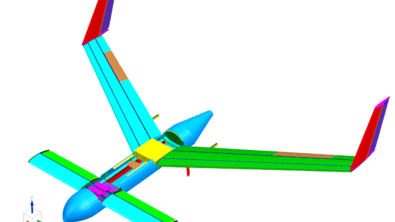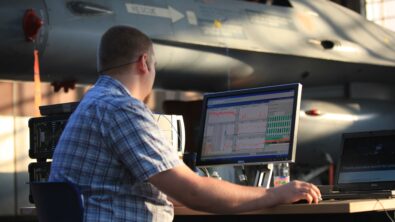Our collective sustainability mindset

How Siemens Simcenter is helping the aviation industry make Fly Net Zero by 2050 a reality
It seems that 2023 is going to be the year that net-zero carbon emissions by 2050 really starts to take flight. Already in January, we are seeing major players from airlines to fuel suppliers to manufacturers and even passengers collectively taking steps to a greener way of flying.
Good news for the planet from the capital of Europe
Here, in Belgium, we heard from Brussel Airlines’ CEO Peter Gerber about quite a few positive steps, including the arrival of 3 more fuel-efficient Airbus A320neos as well as some good news from Brussels Airport itself like greener landing and take-off procedures and sustainable aviation fuel (SAF) sourced direct from the nearby NATO pipeline. This is not only a more environmentally friendly fuel option, but also a faster and greener supply chain system. On the passenger side of things, Green Fares are on offer for Brussels Airlines passengers travelling from Denmark, Norway and Sweden and other passengers can offset or neutralize CO2 emissions in exchange for additional award miles.
Meanwhile on the global front
Considering IATA’s call for a united front regarding Fly Net Zero by 2050, the example of this one rather small airline is good news. As most of you know, IATA or the International Air Transport Association represents some 300 airlines comprising 83% of global air traffic. Currently under the direction of industry insider Willie Walsh, the former CEO of British Airways, IATA is leading the charge towards a coordinated effort to achieve Fly Net Zero by 2050.
“We have a plan. The scale of the industry in 2050 will require the mitigation of 1.8 gigatons of carbon. A potential scenario is that 65% of this will be abated through sustainable aviation fuels. We would expect new propulsion technology, such as hydrogen, to take care of another 13%. And efficiency improvements will account for a further 3%. The remainder could be dealt with through carbon capture and storage (11%) and offsets (8%).
The actual split, and the trajectory to get there, will depend on what solutions are the most cost-effective at any particular time. Whatever the ultimate path to net zero will be, it is absolutely true that the only way to get there will be with the value chain and governments playing their role,” states Wille Walsh, Director General, IATA.
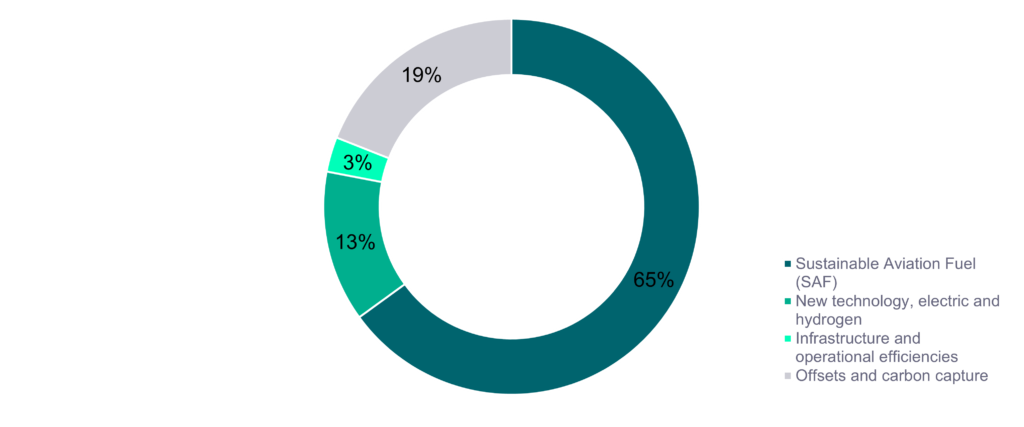
Our work cut out for us
Achieving net zero aviation emissions by 2050 will be a huge challenge – especially since experts are predicting that ten billion people are expected to fly in 2050. This pretty much doubles the 2020 pre-pandemic figures or triples 2022 post-pandemic figures. Either way you look at it, it is a tremendous amount of more people flying…
“Aviation has a history of realizing what was thought to be impossible — and doing so quickly. From the first commercial flight to the first commercial jet was about 35 years. And twenty years on we had the first jumbo jet. Sustainability is the challenge of our generation. And today we are launching a transition that is challenging. But in 30 years it is also within reach of human ingenuity, provided governments and the whole industry work together and hold each other accountable for delivery.”
Wille Walsh, Director General, IATA.
A core ingredient in the net-zero recipe will be new (hybrid-)electric propulsion systems, new energy sources like hydrogen or SAF and radically new aircraft configurations.
This is still work in progress, but luckily, there is a serious foundation and Siemens already has developed a wide range of advanced engineering simulation and testing solutions aimed at creating a more sustainable aviation ecosystem. Part of the Siemens Xcelerator portfolio, Simcenter helps the industry address challenges related to:
- Electrified aircraft propulsion
- Alternative fuels
- New aerodynamics configurations and structural architectures
Designing a new plane doesn’t happen overnight
More good news in 2023 is that Siemens and especially Simcenter with our advanced digitalization and testing solutions have been early innovators in the e-aviation ecosystem (Some of you might remember the early days of the Siemens eAircraft and the Simcenter digital twins that helped the industry take its first step in e-technology.
Solutions for new engine and aircraft technology
Simcenter solutions continue to unlock a world of possibilities when it comes to the next-generation innovation that net-zero aviation needs. In a reality where the complexity of aerospace architecture and systems continuously increases, Simcenter answers tough engineering challenges with its dynamic and integrated model-based engineering approach.
From the component level to the entire integrated aircraft, Simcenter supports your electric and hybrid-electric system design using Agile product development and engineering. It helps you reduce your overall development costs by securing certification while you design. It provides essential proof of compliance data using both virtual and physical testing for the mission-critical certification process.
And on the fuel side of things…
Simcenter can help reduce risks associated with developing hydrogen fuel cells or hydrogen-fueled gas turbines. It addresses challenges related to storage, distribution, and energy conversion.
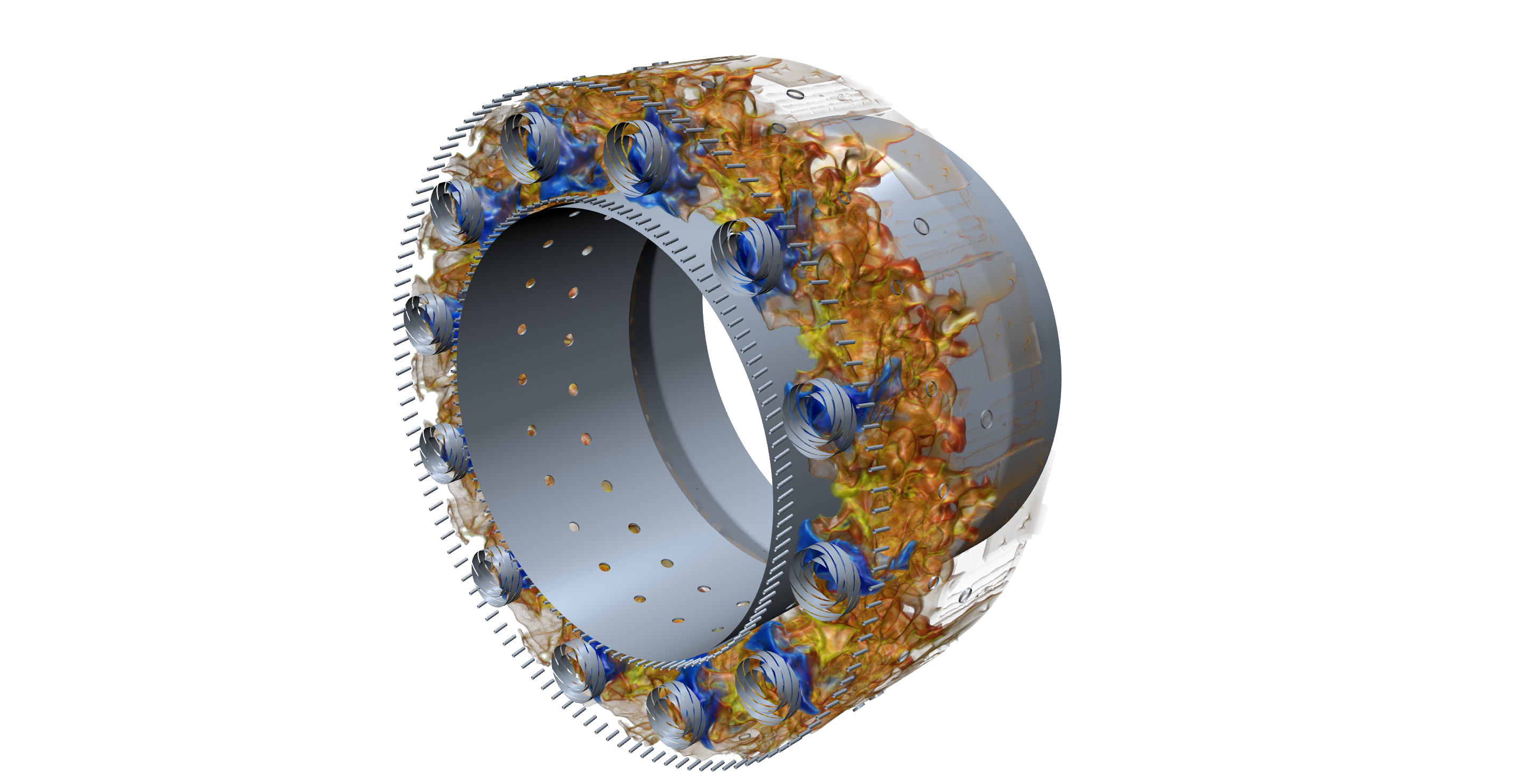
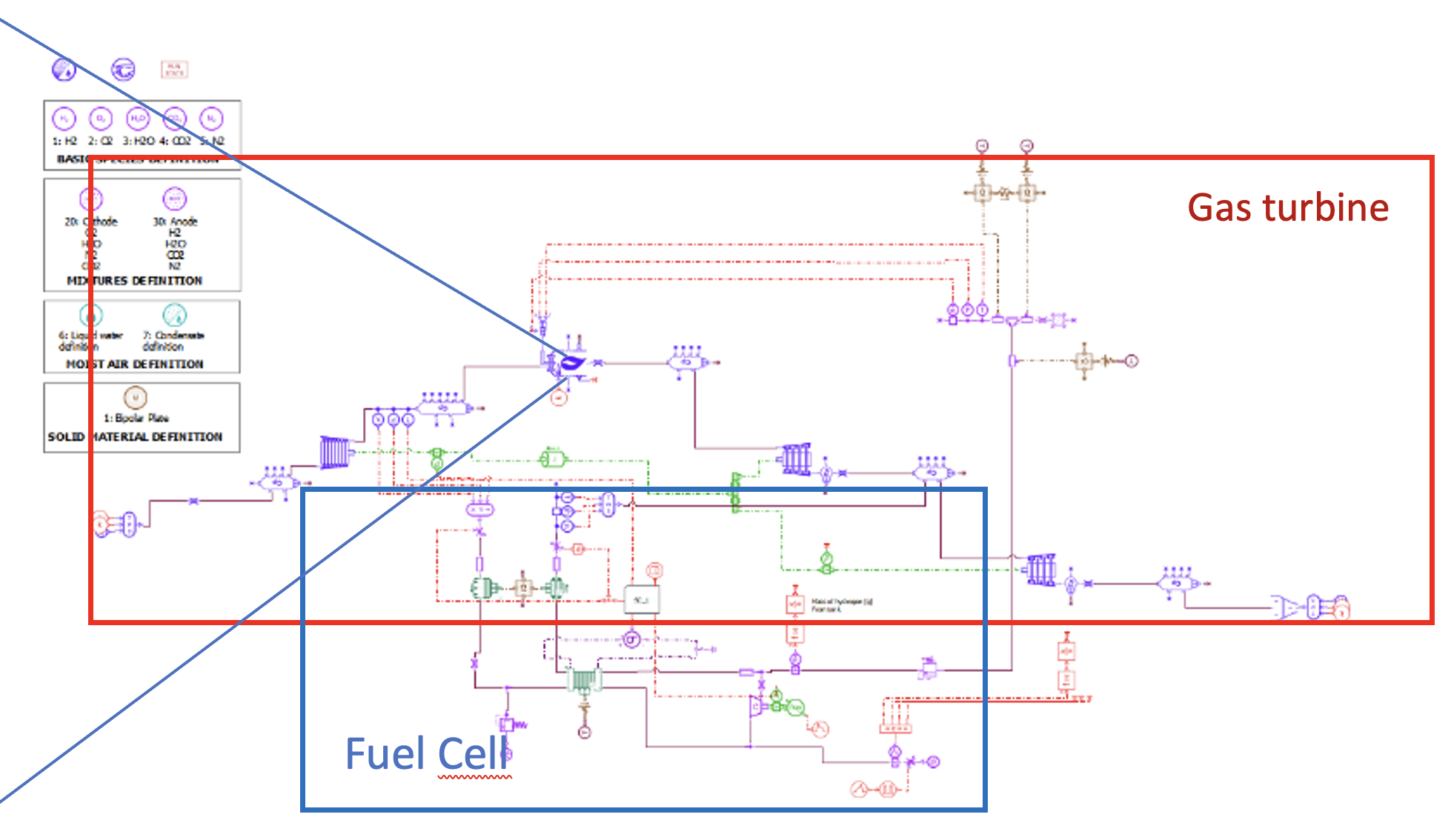
By improving aerodynamics and structural performance, you can further reduce an aircraft’s weight to improve overall fuel efficiency and sustainability without compromising safety.
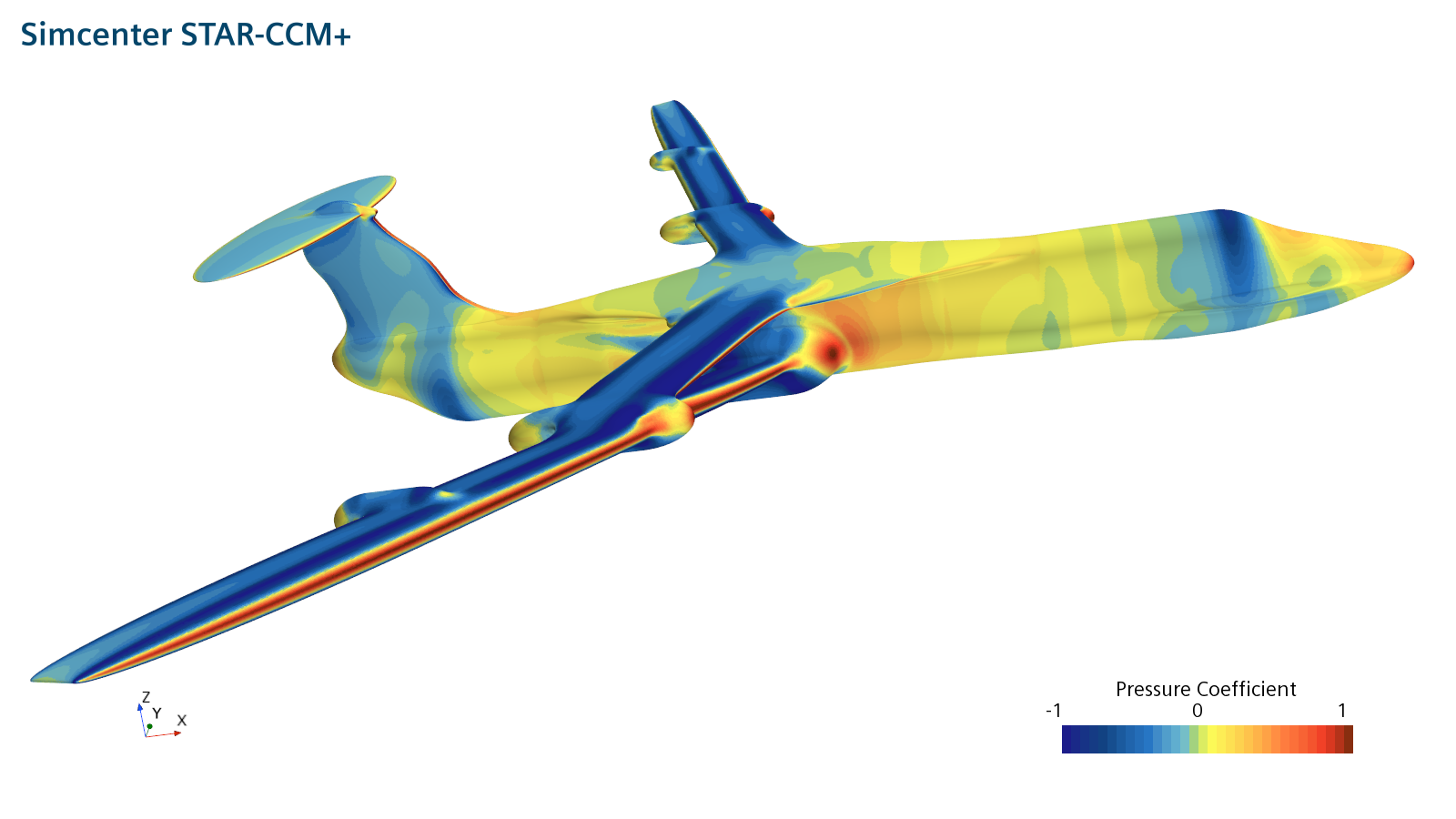
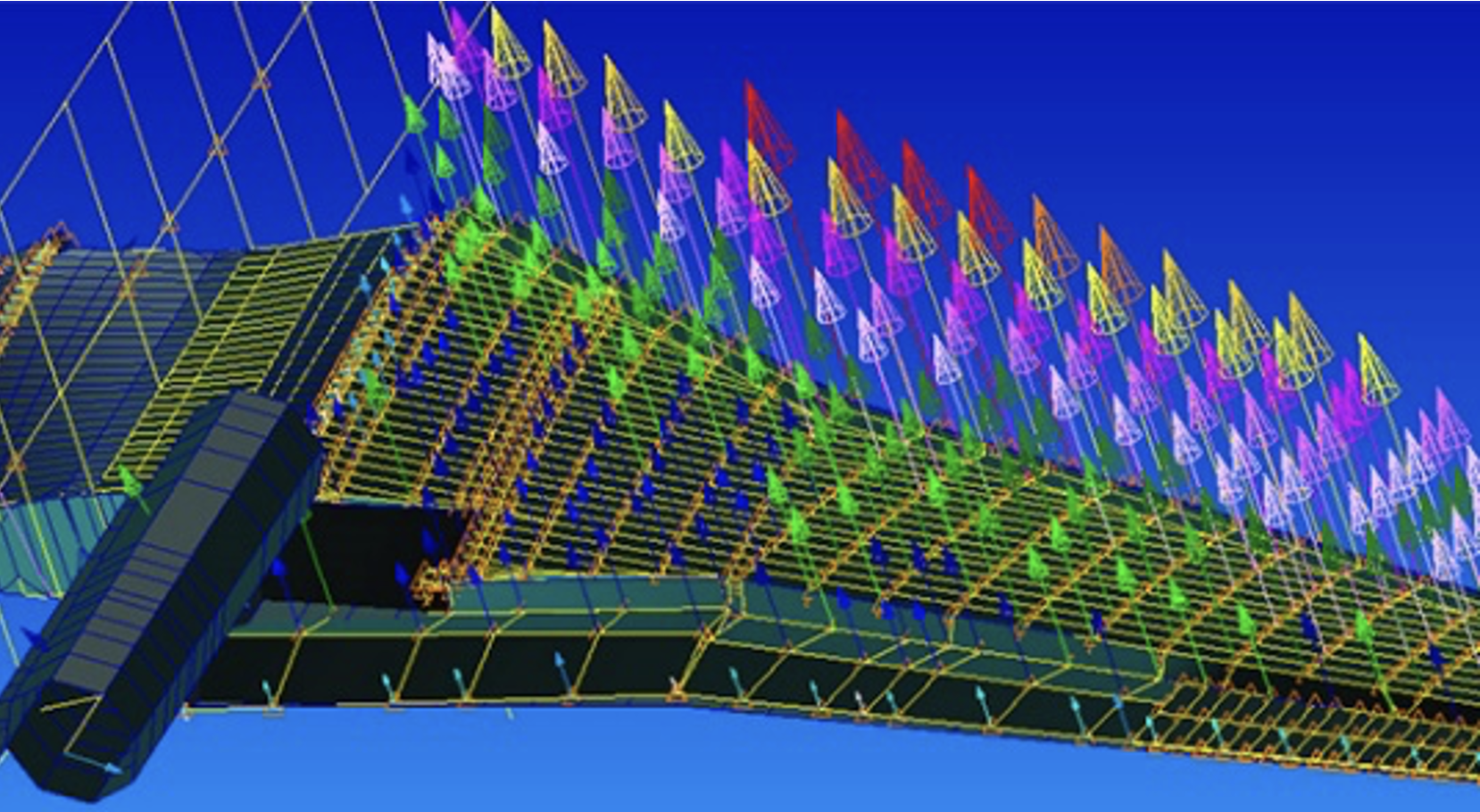
So, in other words, Simcenter can help the aviation ecosystem successfully engineer and innovate and, in our own digital way, contributing to making Fly Net Zero by 2050 a reality.
Find out more in this webinar
Empower sustainable aviation with digital twins
You might also be interested in…

